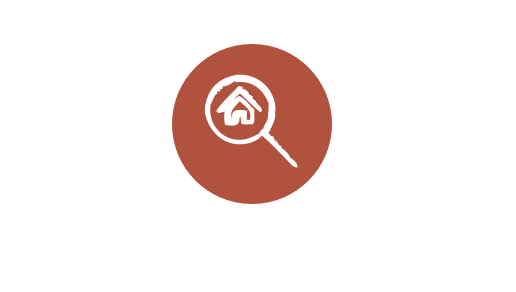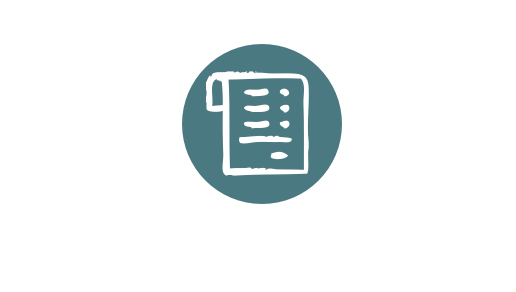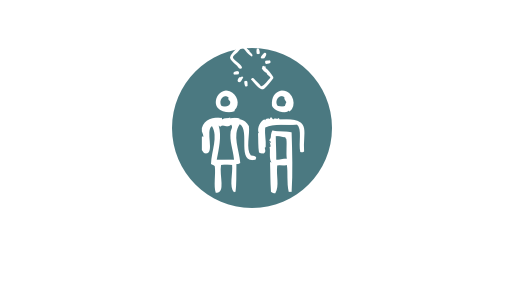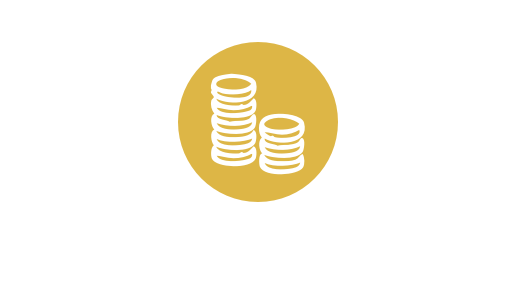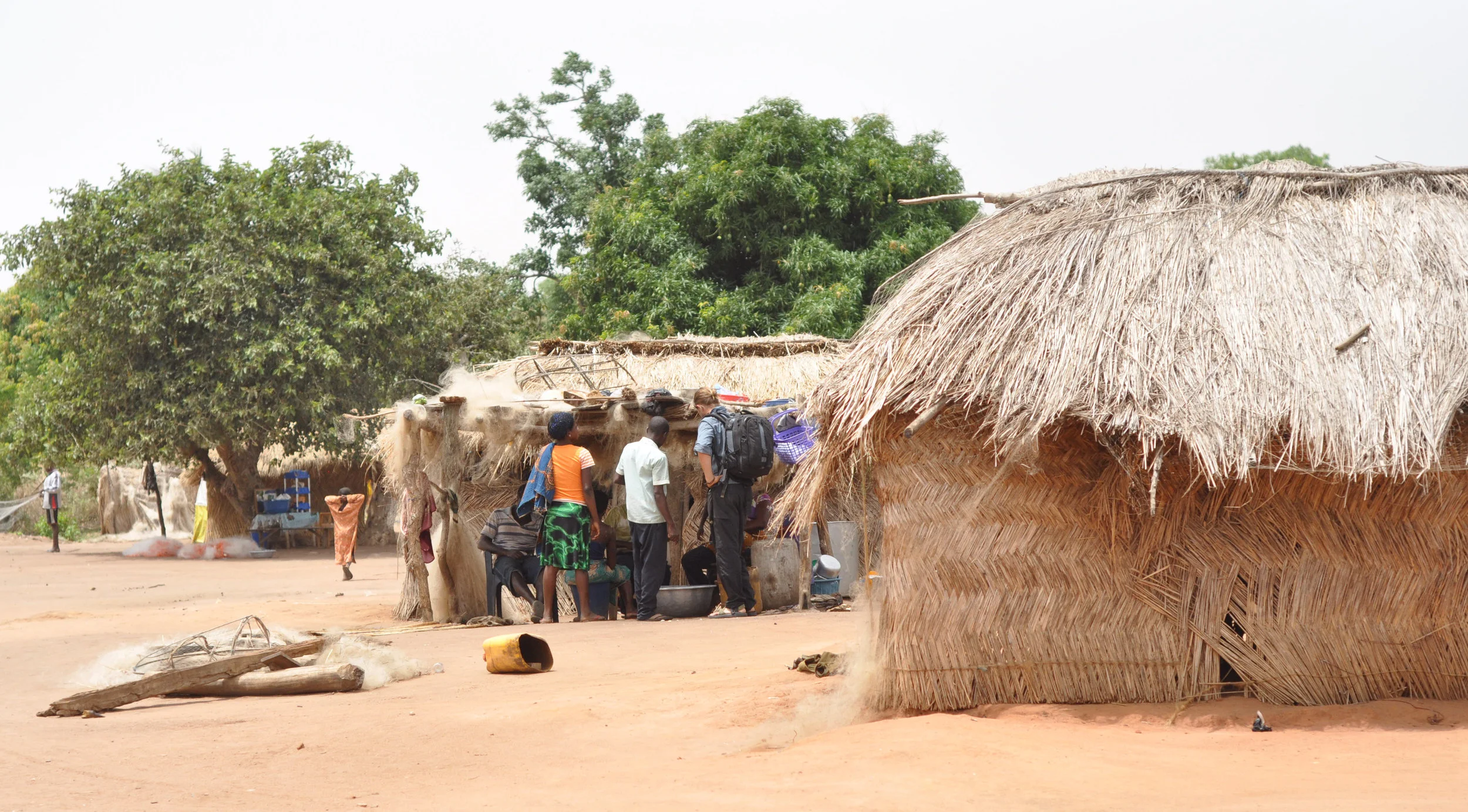step 9
Profits used by community in communally agreed way
Once the fish have been sold, the community agrees together how they would like to share the profits. This typically represents a large sum of money that, when pooled together, offers a significant opportunity for village life to improve in some way. Our partner villages have used cage profit for items like: opening their first community bank account, buying supplies for village meetings, acquiring reliable transportation when a community member needs to be taken to the hospital, and so on. We provide feedback and counsel but ultimately allow each village to make its own decision.

